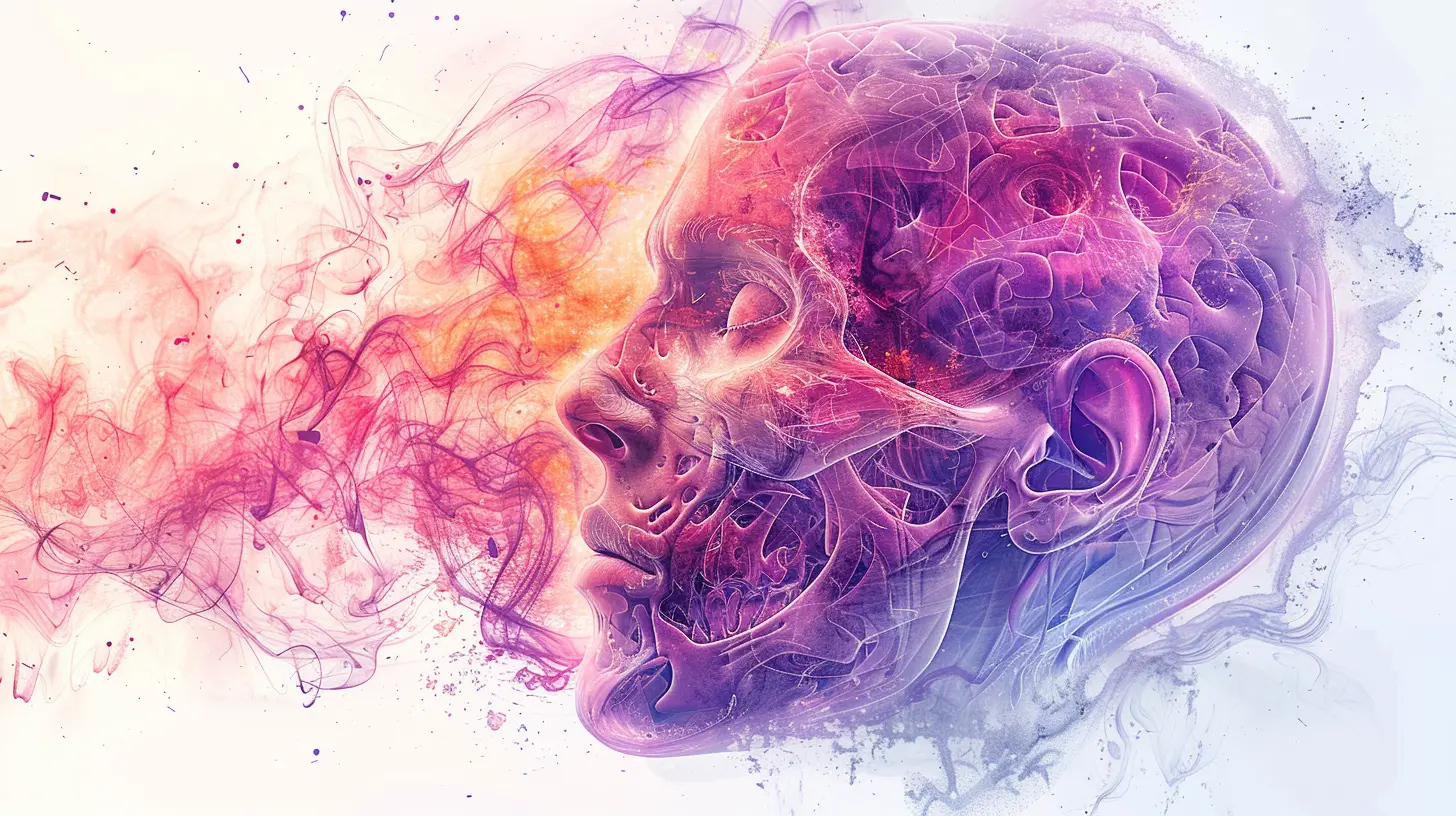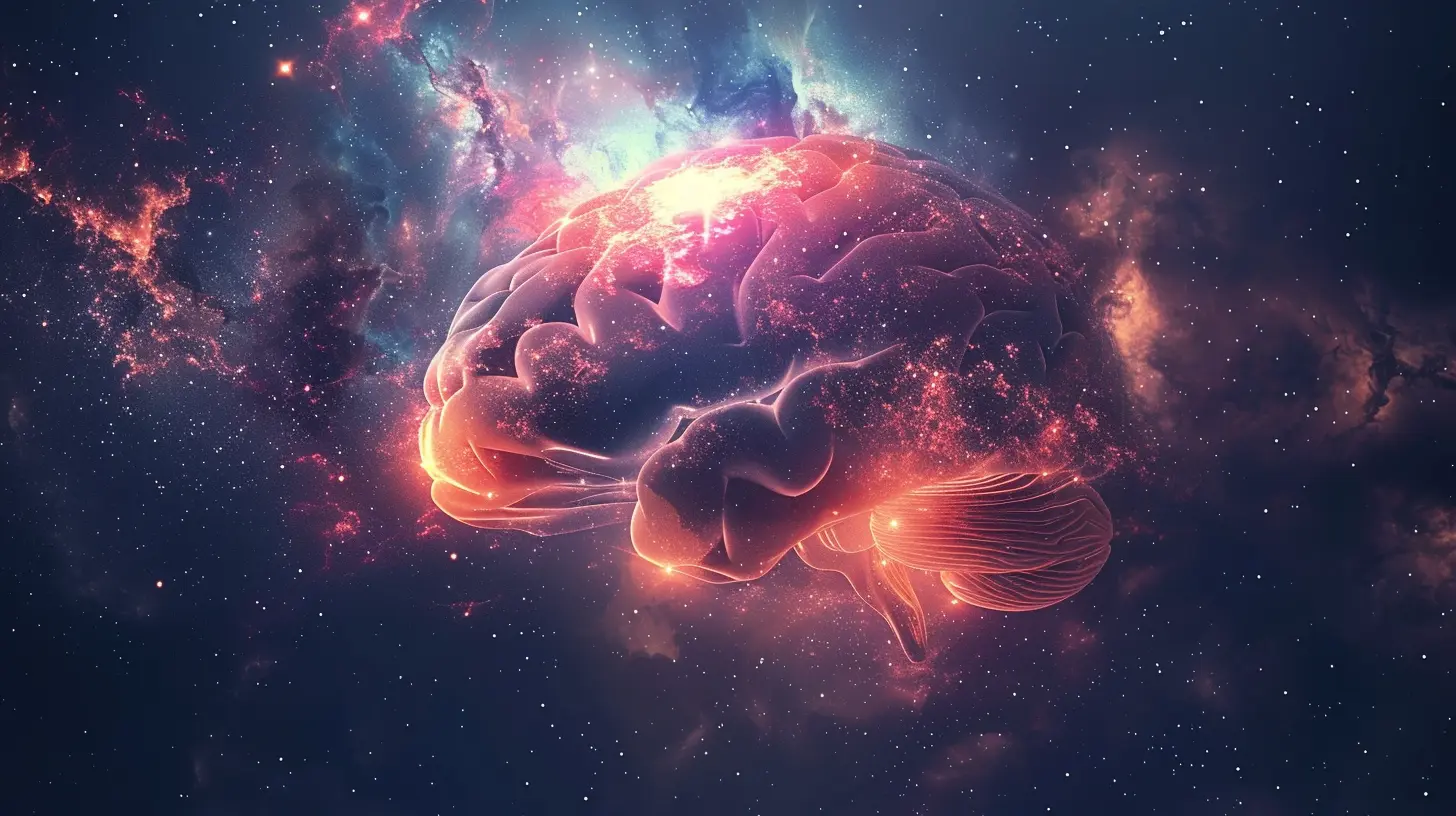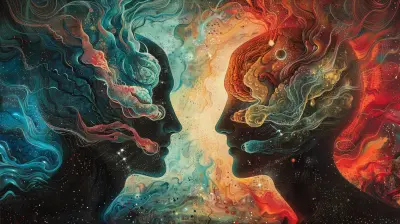The Science of Trauma and Its Effects on the Brain
6 August 2025
Let’s get real for a second… trauma is more than just a buzzword or a dramatic plot twist in movies. It happens in real life, affects people deeply, and—maybe most importantly—it reshapes the brain in ways we’re only beginning to fully understand. If you've ever wondered why painful experiences linger, why certain memories trigger intense emotional responses, or why some people seem stuck in survival mode long after the danger has passed—you’re in the right place.
In this article, we’re diving deep into the science of trauma and how it changes the very architecture of the brain. Don’t worry—it won't be all heavy science jargon. We’ll unpack the complexity of trauma in a way that’s straightforward, human, and (hopefully) even a little eye-opening.
What Is Trauma, Really?
Trauma isn’t just about what happens to you—it’s also about how your mind and body react to it. It’s your nervous system saying, “Whoa, this is too much, too fast, or too soon.”Some common sources? Abuse, neglect, serious accidents, war, natural disasters, or losing someone close. But trauma isn’t always a huge one-time event. Repeated micro-stressors, emotional invalidation, or ongoing insecurity during childhood can also be deeply traumatic.
Ever heard someone say, “It wasn’t that bad”? The truth is, trauma isn't about the event—it's about the impact.
The Brain on Trauma: What’s Going on Up There?
Quick biology refresher: your brain has several regions working together like a complex orchestra. When trauma hits, the harmony gets disrupted. Let’s break down the key players:1. The Amygdala — Your Brain's Alarm Bell
The amygdala is the emotional command center. It’s like a smoke detector, constantly scanning for threats. When triggered by trauma, the amygdala goes full red-alert—even when there’s no smoke.That means your body can react as if it’s in danger, even when you're perfectly safe. A slammed door, a certain smell, or a look on someone’s face can kick off a panic response. It’s not overreacting—it’s your brain trying to protect you.
2. The Prefrontal Cortex — The Brain’s CEO
This area is all about logic, reasoning, and decision-making. When your amygdala is sounding the alarm, the prefrontal cortex basically goes “offline.” That’s why trauma survivors might struggle to think clearly, solve problems, or even recall simple facts in stressful moments.It’s hard to be rational when your brain thinks you're in a life-or-death situation.
3. The Hippocampus — The Memory Keeper
Here’s where things get weird: the hippocampus processes memories and helps place them in proper time and context. Trauma can shrink this area or make it misfire. That’s why traumatic memories can feel so vivid and “now,” as if they're happening in real-time.Ever had a flashback or felt suddenly overwhelmed by a memory that you couldn't control? That’s likely your hippocampus struggling to file the event as "in the past."
Trauma and the Nervous System: Fight, Flight, Freeze… or Fawn?
Let’s talk about your body’s emergency response system—commonly known as the fight-or-flight response. But wait, there’s more! Add in freeze and fawn.- Fight – Anger and aggression to confront danger.
- Flight – Avoidance or escape.
- Freeze – Going numb or dissociating.
- Fawn – People-pleasing to stay safe.
Trauma survivors often live in a heightened state of one or more of these responses. That means getting stuck in emotional loops, hypervigilance, dissociation, or an overwhelming need to please others—all coping mechanisms that once kept them safe, and now just keep them stuck.
Long-Term Effects of Trauma on the Brain
If trauma isn’t processed properly, it settles into the nervous system like a permanent resident. Chronic trauma can lead to literal rewiring of the brain.Neuroplasticity – The Good and The Not-So-Good
The brain is adaptable, thanks to something called neuroplasticity. That’s a fancy way of saying your brain changes and grows based on your experiences. While that’s awesome for learning and healing, it's also why trauma can leave a lasting mark.Repeated trauma = repeated stress signals = deeply embedded pathways for fear, anxiety, and negative belief systems.
Think of it like walking the same path through a field. Over time, that path gets worn in, and it becomes harder to stray from it. Trauma carves grooves into the brain’s response systems.
PTSD: When Trauma Doesn’t Fade
Post-Traumatic Stress Disorder (PTSD) is what happens when the brain and body can't move past a traumatic experience. It’s not just “bad memories.” It’s a serious condition where the nervous system gets stuck in a feedback loop of danger—even when the threat is long gone.Symptoms often include:
- Intrusive memories or flashbacks
- Avoidance of anything related to the trauma
- Nightmares, insomnia
- Severe anxiety or depression
- Emotional numbness
- Hypervigilance
Essentially, the brain keeps reliving the trauma, unable to properly process it and file it away.
Complex PTSD vs. PTSD: What’s the Difference?
Ever heard of Complex PTSD (C-PTSD)? It’s like PTSD's darker, more layered cousin. It typically results from prolonged exposure to trauma—especially in early life. Think childhood abuse, neglect, or being trapped in a toxic relationship for years.While PTSD is often tied to a single traumatic event, C-PTSD is about cumulative damage.
Added symptoms can include:
- Deep feelings of shame or guilt
- Emotional dysregulation
- Trust issues
- Identity confusion
- Relationship challenges
Basically, you’re not "just sad" or "too sensitive"—your brain is reacting to years of unsafe wiring.
So… Can the Brain Heal from Trauma?
Yes, it absolutely can. That’s the good news.Thanks to neuroplasticity, the brain is always capable of forming new connections. Healing from trauma isn’t about forgetting what happened—it’s about teaching your nervous system that you're no longer in danger.
Let’s look at how.
Pathways to Healing: Rewiring the Brain After Trauma
There’s no one-size-fits-all answer. Everyone heals differently. But these approaches are grounded in neuroscience and have been shown to support trauma recovery:1. Therapy (Obviously)
Different types of therapy target trauma from different angles:- EMDR (Eye Movement Desensitization and Reprocessing) helps process stuck memories.
- Somatic Experiencing focuses on bodily sensations to release trauma stored in the nervous system.
- Cognitive Behavioral Therapy (CBT) helps reframe negative thoughts.
- Internal Family Systems (IFS) allows you to connect with parts of yourself exiled by trauma.
Therapy provides more than just coping tools—it helps retrain your brain.
2. Mindfulness and Meditation
Mindfulness teaches us to observe our thoughts without judgment. Sounds simple, right? But for trauma survivors, learning to sit with discomfort (rather than reflexively avoiding it) is a big deal.Meditation helps calm the amygdala, boost prefrontal cortex activity, and increase emotional regulation. In other words, it’s like hitting the reset button on your brain's stress response.
3. Movement and Bodywork
Trauma doesn’t just live in the mind—it lives in the body. Practices like yoga, tai chi, dance therapy, or even just mindful walking can help release stored tension and reconnect mind and body.As Bessel van der Kolk said—"The body keeps the score."
4. Safe Relationships
Healing happens in connection, not isolation. Healthy relationships can literally rewire our sense of safety. That’s why trauma-informed environments are so critical—not just in therapy but in schools, workplaces, and communities.Even one attuned, trustworthy connection can start to rebuild the brain’s belief that the world can be safe again.
Final Thoughts: You're Not Broken, You're Wired for Survival
If you’ve experienced trauma, here’s what you need to know—you’re not weak, you’re human. Your brain did exactly what it needed to do to survive. And that’s kind of amazing.But survival mode isn’t meant to be permanent. Once the danger is gone, your brain deserves the chance to rest, rewire, and heal. It won't happen overnight, and it might take some help, but change is absolutely possible.
The more we understand how trauma impacts the brain, the less we blame ourselves for the behaviors we’ve developed. And with that understanding comes something powerful: compassion.
Because healing isn’t about “getting over it.” It’s about learning to live with your story in a way that doesn’t own you.
So if you're on that journey—keep going. There's real hope in the science.
all images in this post were generated using AI tools
Category:
TraumaAuthor:

Janet Conrad
Discussion
rate this article
1 comments
Zethryn McDowell
Trauma profoundly reshapes neural pathways, influencing emotional regulation and memory. Understanding these changes is crucial for effective treatment and fostering resilience in affected individuals.
August 28, 2025 at 4:55 AM

Janet Conrad
Thank you for highlighting the importance of understanding how trauma impacts neural pathways. Recognizing these changes is indeed vital for developing effective treatments and supporting resilience.


